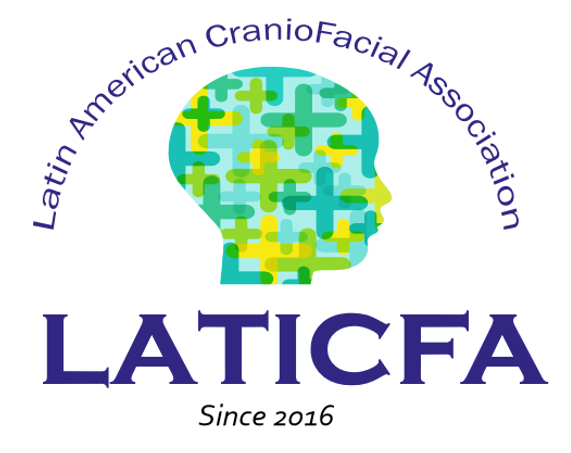JOURNAL OF CRANIOFACIAL SURGERY
- Laticfa

- May 5
- 3 min read
Cranio-maxillofacial alterations affect both patients and their families, compromising functional and aesthetic aspects from birth, impacting vital functions such as breathing, sucking, swallowing, and hearing, which are vital for the development and growth of the newborn. Timely intervention and counseling for mothers and caregivers can prevent complications arising from dysfunctions associated with these malformations. Addressing craniofacial anomalies requires integrating multiple perspectives from different specialties, deepening inter-disciplinary interactions, and collaborating to provide solutions to the alterations and deficiencies faced by individuals born with cranial and/or facial anomalies, whether syndromic or isolated.
At early ages, the multidisciplinary team intervenes by monitoring growth and development, feeding, and weight gain in the first months of life, as well as providing emotional support and guidance to parents and family members, creating individual strategies for each case. For example, for babies born with cleft lip and palate, interventions begin within the first few days of birth. Current treatments involve stimulating the growth of the maxilla by addressing the alveolar processes, using technology that guides and designs molding plates through software, and employing nasal devices to improve respiratory function and counteract muscular forces that cause septal deviation and nasal defects. These procedures enhance the outcomes of treatments and surgical interventions, along with continuous support from speech therapy and psychology. Such treatments allow for the restoration of affected functions and emotional well-being. Another example of early intervention is the Pierre Robin sequence, where early orthopedic and/or surgical interventions are necessary to clear the airway, prioritizing the newborn’s life. Other congenital anomalies require interventions at different growth stages, but trained support staff are essential throughout the years of treatment, often extending from infancy and adolescence until growth is complete, and sometimes even beyond.
The joint and coordinated work between disciplines requires specialists to learn about the different topics and specific intervention timings to make accurate referrals and achieve effective and efficient treatments.
The opportunity for interaction among professionals from various health areas, including Plastic Surgery, Pediatrics, Otorhinolaryngology, dental specialties such as Pediatric Dentistry, Orthodontics and Periodontics, Nutrition, Speech Therapy, and Psychology, along with Social Work, Learning Support Therapists, assistants, and administrative staff, is essential for providing health services strategically directed at treating patients and families affected by craniofacial conditions.
The Latin American Craniofacial Association (LATICFA) creates spaces for direct communication between professionals and teams, such as open participation congresses. These spaces allow for the exchange of regional experiences, discussion of difficult cases and complications, exploration of scientific and technological advances, development of new surgical techniques and strategies, and dissemination of statistics and epidemiological data. These interactions enable intra-team evaluations that improve the quality of care and foster the growth of teams and professionals, while also advancing innovative treatments through research and knowledge discovery.
LATICFA facilitates the study of Latin America’s social, political, and cultural conditions, which are of great interest due to shared environmental factors. The participation of epidemiologists and geneticists promotes the understanding and detection of the origins of congenital anomalies, identifying etiological factors that inform the development of prevention strategies and public policies to reduce the incidence of malformations.
Convinced that research is the main axis of knowledge development today, LATICFA directs efforts to engage educational institutions, showcasing and encouraging student interest in disciplines involved in the aesthetic and functional restoration of craniofacial structures affected by congenital anomalies. LATICFA promotes agreements for academic exchanges with an emphasis on the development of scientifically rigorous, individual or multicenter research projects for publication.
 🇨🇴 Dra. Carolina Téllez Conti | DENTIST AND ORTHODONTIST LATICFA PRESIDENT |

Comments